What are the Different Software Delivery Methods?
Last week, we introduced you to the signs that your organization is outgrowing its accounting software: Not having the reporting you need to grow, manual and error prone processes, mediocre-at-best integration, and lack of speed. For those organizations whose growth has outpaced your software’s ability to handle it, congratulations. Knowing this, however, it’s time to start looking toward the future.
As you begin to look toward new software for your company, one of the first questions you’ll be asking yourself is “How will my software be deployed?” If you’re coming from QuickBooks, it is likely that you worked with their desktop model, which, while great for basic accounting, lacked functionality as you grew and needed additional users in multiple locations.
Three Options to Consider
Knowing this, there are three main options to consider: On-premises, Hosted, and Cloud—all with advantages and criticisms.
On-Premises
With this traditional model, you license software and run it on your own servers. When considering this model, be sure to account for the capital and operating expenses associated with deployment, operations, support, customization, integration, maintenance, and upgrades.
While these costs can be too great for small and mid-sized organizations to sustain, on-premises solutions remain a viable option for some larger companies. These organizations often have a built-out IT infrastructure, investment capital, and expertise to support and maintain major software applications.
Hosted
In a hosted environment, the software physically resides at a remote data center operated by an expert third-party hosting provider. Your team would usually use a product like Citrix to access the software over the Internet and see the screens being generated at the hosting provider. This model eliminates the responsibility of maintaining hardware infrastructure, and therefore can help you avoid large upfront capital expenditures.
But it works by providing you with a unique “instance” of your financial system on a dedicated server. That means you would still face the same costs for customizations, upgrades, integration, and support and service
Multi-Tenant
Also known as “software as a service” (SaaS), these applications offer direct, always-on access to the solution, typically paid for on a per-user/per-month subscription basis. They are multitenant, which means you can unlock only your own data, but you work from a shared system—a single set of resources, application infrastructure, and database.
There are no upfront fees, capital investments, or long-term commitments because you do not buy, license, or manage the underlying hardware, software, or networking infrastructure. Upgrades are performed at no cost to you. Even if you make extensive changes to the system, your customizations “roll over” to work with the new upgrade.
Questions to Ask
When deciding on which delivery model you intend to pursue, it is important to ask yourself and the company who’s helping you choose a few important questions:
- How long will implementation take?
- Will customizations be affordable and easy, or time-consuming, painful, and costly?
- Does the platform and model allow for easy integration?
- Will the user interface be easy to use for beginners, yet feature rich for power users?
- How often does the software update?
- After upgrading, will updates maintain credibility with integrations?
- Who’s doing the support? How much will it cost?
- Who’s in control?
- Do I own my data?
- Will I need to make a hardware purchase?
- If I’m using the cloud, how much uptime is guaranteed?
- If in the cloud, what protections are taken with data?
These are some of the base level questions you’ll need to ask, but not the only ones. Be sure to get everything in writing as part of the service-level agreement. Stay tuned for a comparison of cloud, hosted, and on-premises and their ability to answer each of these questions in a future blog.
The Buyer’s Journey
Making the decision to upgrade accounting software is no small task, and should be taken with the highest gravity. For more information, please download the Buyer’s Guide to Purchasing Accounting Software from our friends at Intacct.

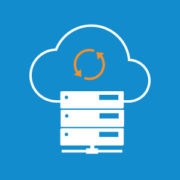
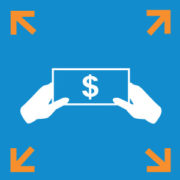

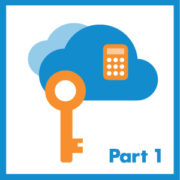

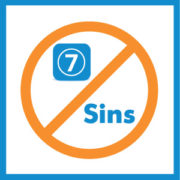
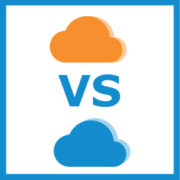



Leave a Reply
Want to join the discussion?Feel free to contribute!